I love the top, childhood fun ...
It happens that a person who has become attached to a toy as a child, then retains this attachment for life. The Australian engineer and inventor Louis Brennan had such a toy, apparently. Not the one that comes and bites by the flank, but the one that spins, keeping balance. In other words - a gyroscope.
For almost half a century, Brennan has created moving devices based on flywheels and gyroscopes, however, none of them, for various reasons, has become widespread. His very first invention was the most successful. In 1877, at the age of 25, he patented the original torpedo with an external drive, in which two massive rotating coils with steel wire played the role of gyroscopes holding the projectile on course. In 1886, after completion, the Brennan torpedoes were adopted by the British fleet and stood on combat duty for 20 years, and the inventor received a substantial amount spent on further research.
In 1903, Brennan filed a patent for a monorail motovagon held vertically by gyroscopes. In 1907, the operating model of the motowagon was built and successfully tested, and in 1909 a full-size model was made with two 20-powerful gasoline engines capable of carrying up to 50 passengers at 35 km / h. Gyroscopic car Brennan attracted a lot of public attention, but not investors.
Although the monorail tracks cost almost half the price of conventional ones, the system still turned out to be economically unprofitable, because the Brennan locomotive could not tow ordinary trailers. Each car needed its own flywheel for balancing, and, accordingly, an engine for its promotion. This made the train too expensive to manufacture and operate, and the railroad workers considered it unwise to build monorails to drive single motovagons on them. In addition, a significant part of the power plant of such a motovagon was spent not on movement, but on balancing, that is, on the periodic promotion of a heavy flywheel. As a result, Brennan's monorail remained in the discharge of useless technical curiosities.
Louis Brennan (second from left) with a model of his monorail train.
The design scheme of the balancing mechanism with two flywheels-gyroscopes and the motovagon itself when viewed from the front. Under the glazing of the driver's cab there are two large cellular radiators.
"Tightrope-wagon" with passengers and cargo.
Switching from railways to Aviation, Brennan in 1916 proposed the British military a project of a very peculiar helicopter, which was a "flying top" with a huge propeller and a small pilot's cabin underneath. The bearing rotor was driven by a star-shaped motor mounted above the bushing, and not directly, but with the help of two auxiliary “untwisting” screws connected to the motor by long driveshafts passing inside the blades.
For parrying the reactive torque and controlling the device, a whole system was provided of four vertical and four horizontal screws mounted on a cross-shaped frame and connected to the motor with power take-off shafts, and with a pilot's cabin — by rotational speed control rods.
At the top is a patent drawing of a Brennan helicopter. It is not entirely clear what was the point in such an "ingenious" design and why the inventor did not directly drive the rotor from the motor. I do not know how Brennan answered these questions if he was asked them, but he managed to interest Winston Churchill himself with his invention, who "pushed through" the financing of the construction and testing of the prototype in the Ministry of Ammunition.
The construction of the helicopter was delayed, as the inventor constantly made changes to the project, and the flow of money from the ministry declined after the end of World War II and cuts in the military budget. However, by the end of 1921, the device was built, and 7 December of the same year, that is, exactly 95 years ago (why I remembered Brennan today), his flight tests began. In the final form the helicopter was noticeably different from the original project. The “spinning” screws moved to the ends of the blades, ailerons appeared on the blades, which were supposed to play the role of a swashplate, the frame with balancing-steering screws disappeared, and the cockpit took the form of a small aircraft fuselage with a rudder on the tail.
In 1921 - 25, the Brennan helicopter about 70 once took off the ground, but never once did he manage to rise to a height of more than three meters, that is, the rises were largely due to the effect of "airbag". It was impossible to call them full-fledged flights, moreover, the device was not actually controlled in the air. During the tests, Brennan continued to finish and redo the helicopter, constantly asking for money from the military department. In the end, the military got tired of it and in 1926, they closed the project, acknowledging its failure and writing off 260 thousand pounds sterling spent on it.
Brennan helicopter at the airport during the test. Pay attention to two additional short blades of the screw installed during one of the modifications.
At the end of his life, Brennan, who was already far behind 70, built a prototype two-wheeled gyro car, but this development, like the motovagon, did not interest either the buyers or the manufacturers.
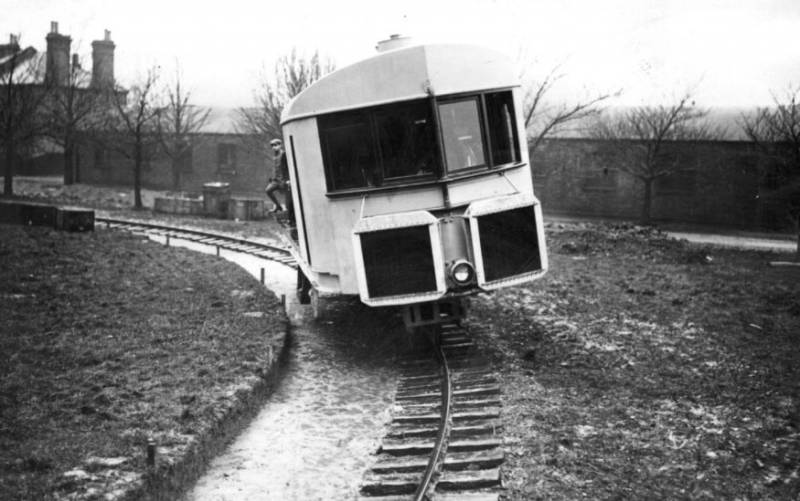
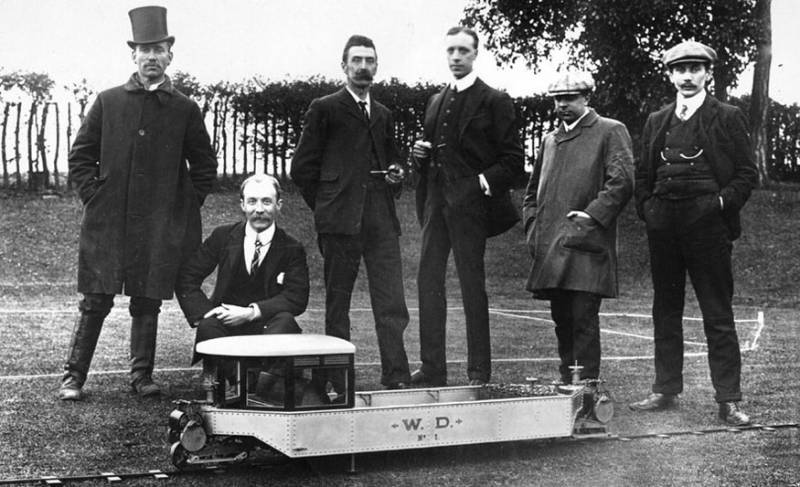
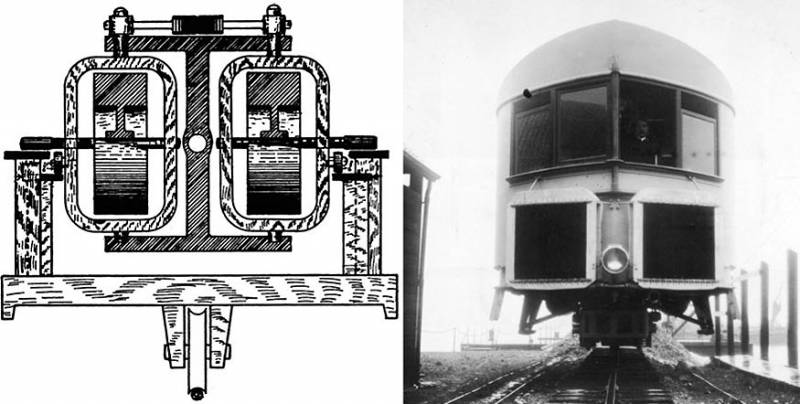
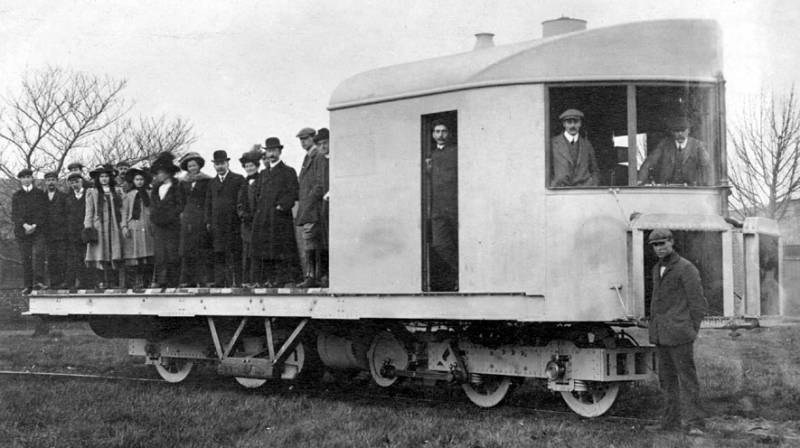
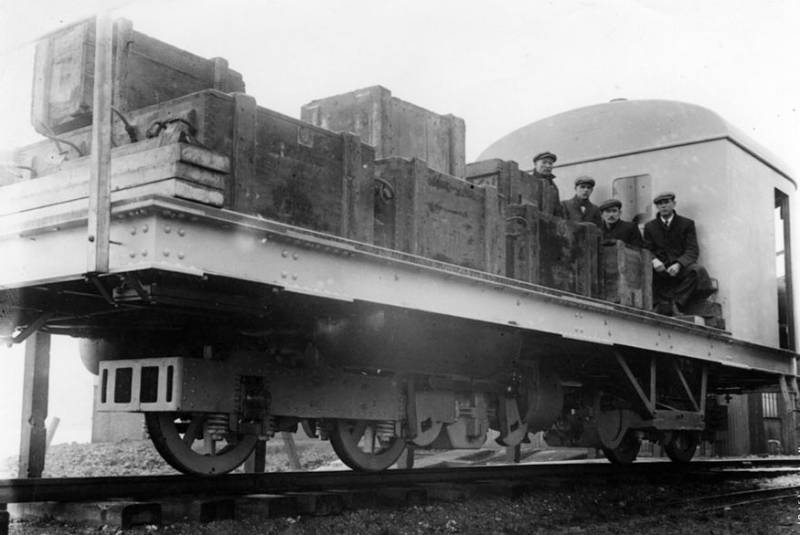
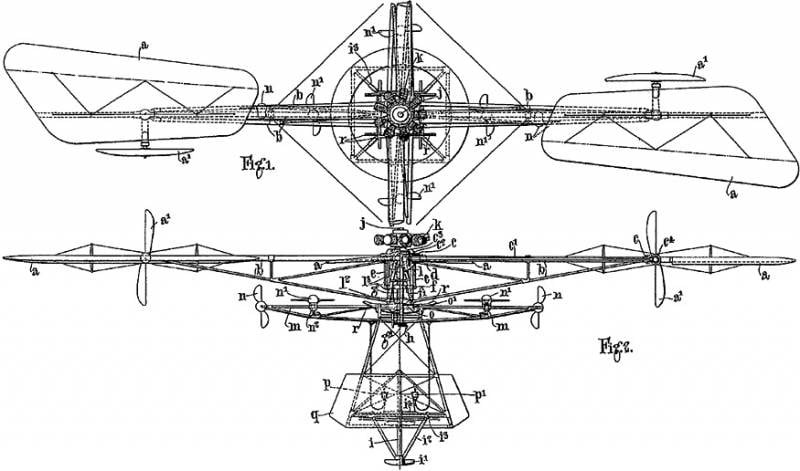
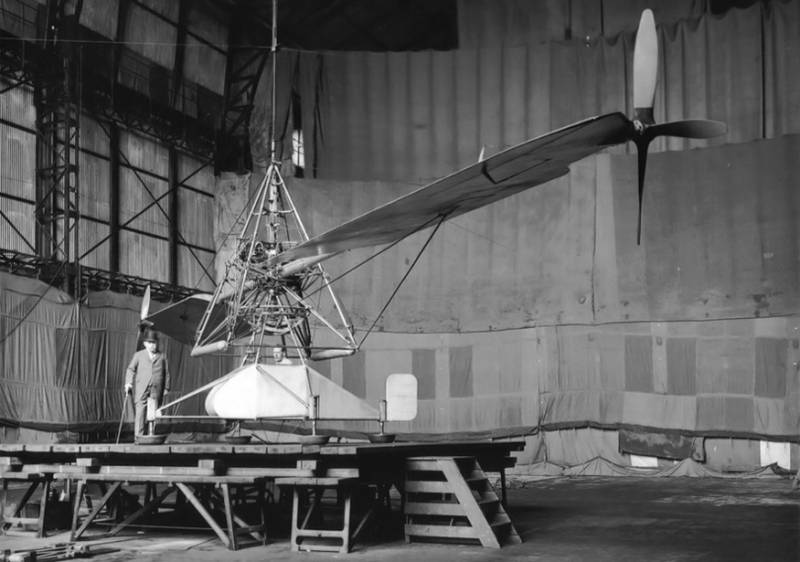
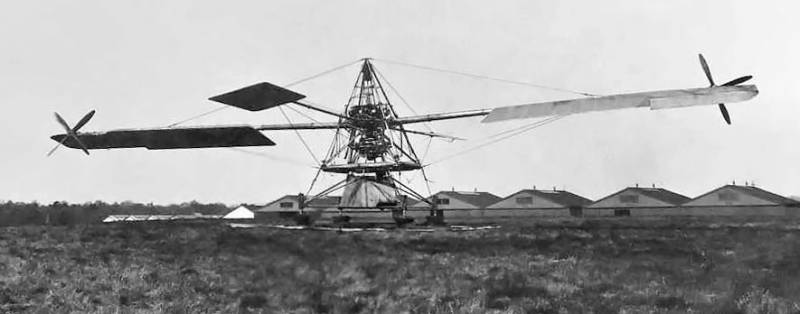
Information